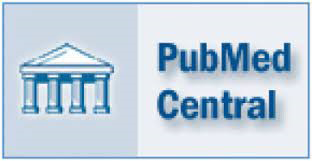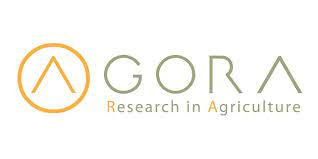Clinical Variability in a Family with Noonan Syndrome with a Homozygous PTPN11 Gene Variant in Two Individuals
Ruken Yıldırım1, Edip Ünal2, Şervan Özalkak1, Akçahan Akalın3, Ayça Aykut4, Nevzat Yılmaz51Diyarbakır Childrens Hospital, Clinic of Pediatric Endocrinology, Diyarbakır, Turkey2Dicle University Faculty of Medicine, Department of Pediatric Endocrinology, Diyarbakır, Turkey
3Diyarbakır Childrens Hospital, Clinic of Pediatric Genetics, Diyarbakır, Turkey
4Ege University Faculty of Medicine, Department of Genetics, İzmir, Turkey
5Diyarbakır Childrens Hospital, Department of Pediatric Psychiatry, Diyarbakır, Turkey
INTRODUCTION: Noonan syndrome (NS) is characterized by dysmorphic facial features, short stature, congenital heart defects, and varying levels of developmental delays. It is a genetic, multisystem disorder with autosomal dominant inheritance and is the most common of the RASopathies. In approximately 50% of patients, NS is caused by variants in the Protein Tyrosine Phosphatase Non-Receptor Type 11 (PTPN11) gene. The aim of this study was to evaluate two patients with a previously reported PTPN11 homozygous variant for the first time and seven other kindred members carrying the same heterozygous variant in terms of clinical, biochemical, genetic, and response to treatment.
METHODS: Nine patients diagnosed with NS due to the same variants in the PTPN11 gene were included in the study.
RESULTS: The median (range) age at diagnosis was 11.5 (6.8-13.9) years and the mean follow-up duration was 4.7 (1-7.6) years. In eight patients (88.9%), short stature was present. The height standard deviation score of the patients on admission was -3.24±1.15. In six of the patients, growth hormone treatment was initiated. Cardiovascular or bleeding disorders were not detected in any of the patients. Three (33.3%) had hearing loss, two (22.2%) had ocular findings and one (11.1%) had a horseshoe kidney. The mean psychomotor development performance score was 84.03±17.09 and the verbal score was 82.88±9.42. Genetic analysis revealed a variant in the PTPN11 gene [c.772G>A; (p.Glu258Lys)] that had been previously described and was detected in all patients. Two patients were homozygous for this variant and short stature was more severe in these two.
DISCUSSION AND CONCLUSION: A previously described in PTPN11 affected nine members of the same kindred, two with homozygous inheritance and the remainder being heterozygous. To the best of our knowledge, these are the first homozygous PTPN11 case reports published, coming from two related consanguineous families.
Manuscript Language: English



























